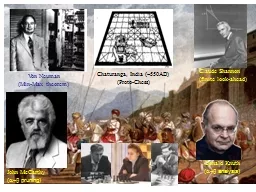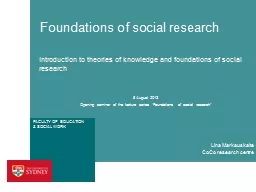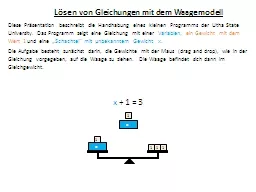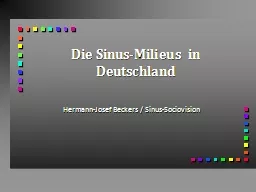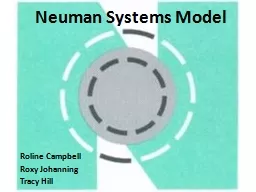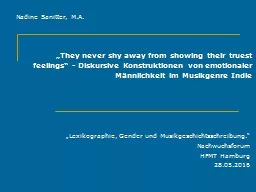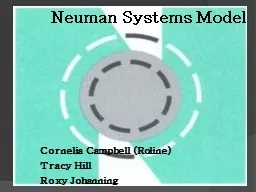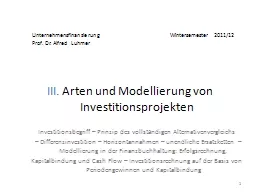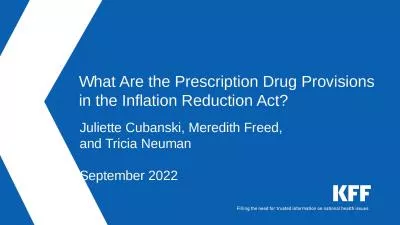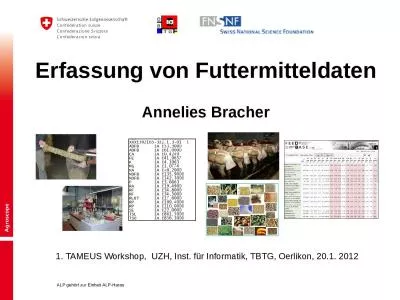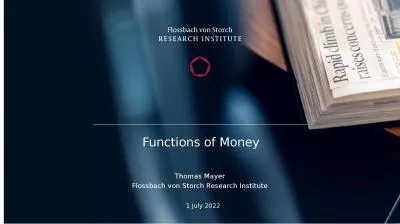PPT-Von Neuman
Author : celsa-spraggs | Published Date : 2016-05-20
MinMax theorem Claude Shannon finite lookahead Chaturanga India 550AD ProtoChess John McCarthy ab pruning Donald Knuth ab analysis Wilmer McLean The war began
Presentation Embed Code
Download Presentation
Download Presentation The PPT/PDF document "Von Neuman" is the property of its rightful owner. Permission is granted to download and print the materials on this website for personal, non-commercial use only, and to display it on your personal computer provided you do not modify the materials and that you retain all copyright notices contained in the materials. By downloading content from our website, you accept the terms of this agreement.
Von Neuman: Transcript
Download Rules Of Document
"Von Neuman"The content belongs to its owner. You may download and print it for personal use, without modification, and keep all copyright notices. By downloading, you agree to these terms.
Related Documents

